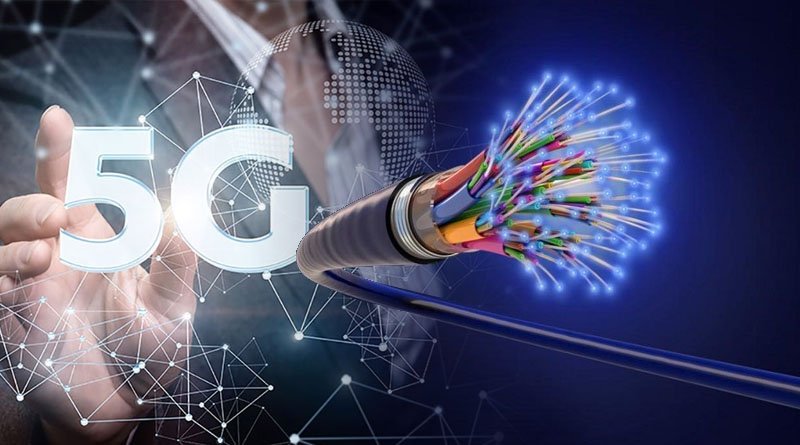The country’s major cities will begin experiencing “trial coverage” of 5G services this year, according to the Ministry of Information Technology and Telecommunication.

The country’s major cities will begin experiencing “trial coverage” of 5G services this year, according to the Ministry of Information Technology and Telecommunication. He claimed that the Ministry of IT was giving telecom companies its full support and urged them to do their part in bringing modern technology to Pakistan.
The introduction of modern 5G technology is crucial for technological future of Pakistan, and the ministry is making every effort to make the new technology business-friendly, a ministry official told the media.
He added that the ministry of IT had launched roughly 70 projects for the development of optical fiber cable (OFC) and broadband infrastructure in four provinces at a cost of Rs 65 billion, stating that the provision of broadband services throughout the nation was the government’s top priority.
“By June, all projects under way in remote locations would be finished.” According to the official, 20 NGBSD and OFC projects totaling Rs 16.3 billion have been launched so far in 20 districts throughout Sindh, including Tharparkar, Nawabshah, Khairpur, Larkana, Badin, Jacobabad, Shikarpur, Mirpurkhas, and Dadu.
He claimed that initiatives to connect the underserved and unserved populations in the provinces of Baluchistan, Punjab, and Khyber Pakhtunkhwa (KPK) had also been started. Over 16,000 km of optical fiber cable (OFC) were purchased by USF under its Next Generation Optic Fiber (NG-OF) Network and Services program, which will benefit 31.5 million people nationwide.
With the help of 5G, a brand-new kind of network that connects almost everyone and everything—including machines, objects, and devices—is made possible.
The goal of 5G wireless technology is to provide more users with faster multi-Gbps peak data speeds, extremely low latency, increased reliability, massive network capacity, and a more consistent user experience. New user experiences are enabled by increased performance and efficiency, which also connects new industries.